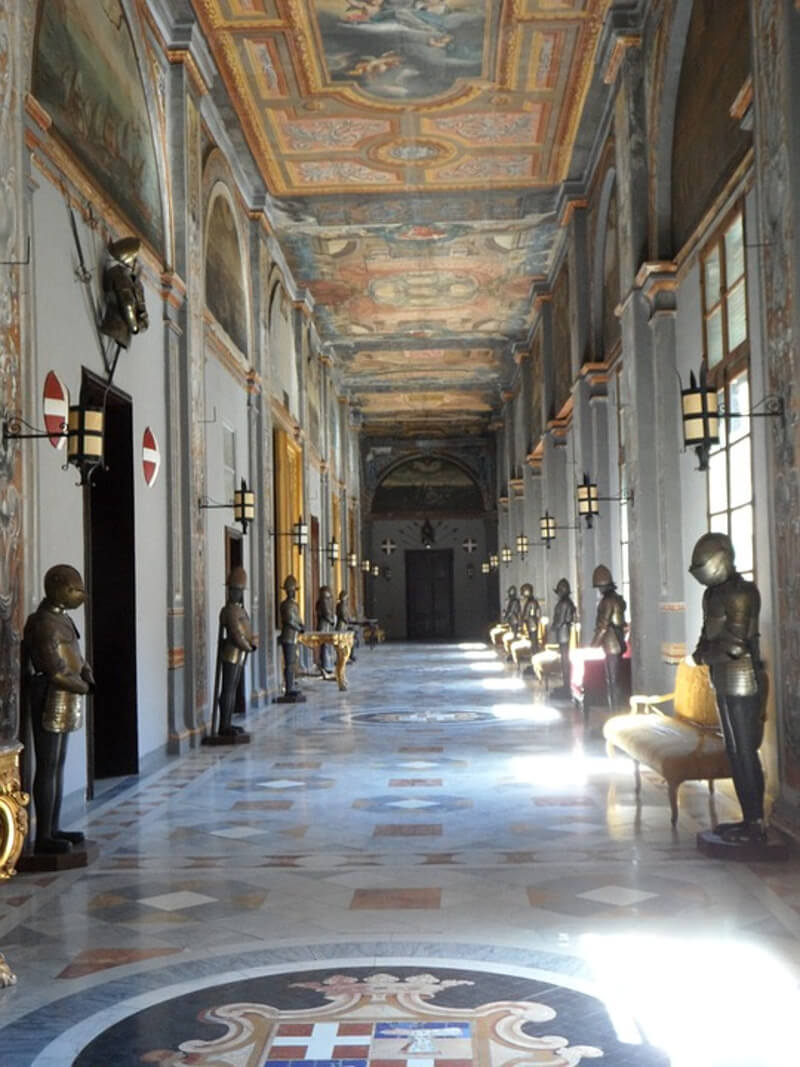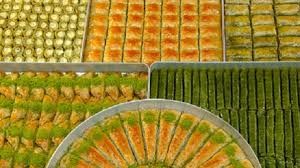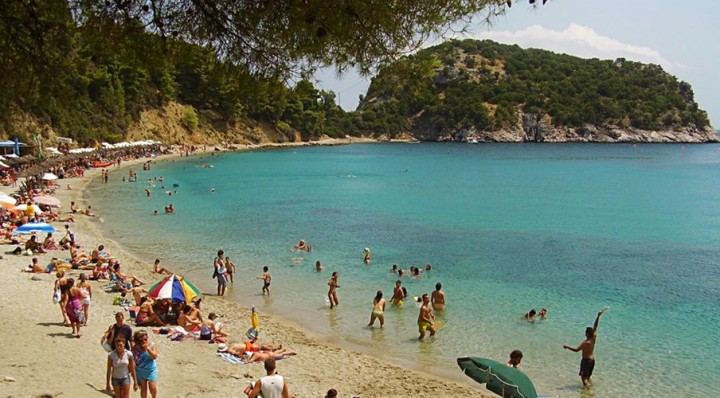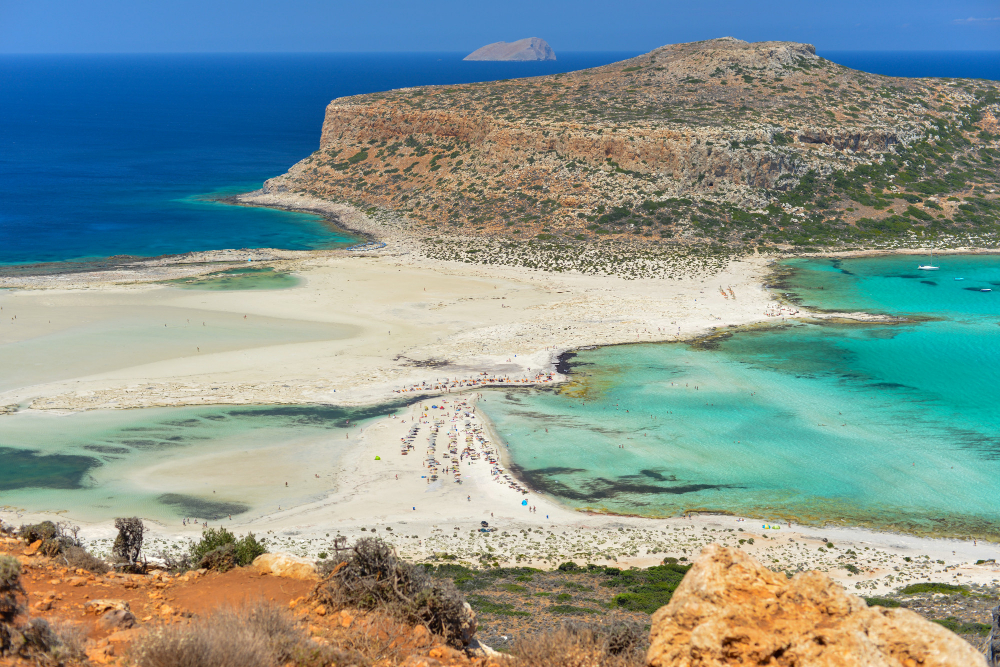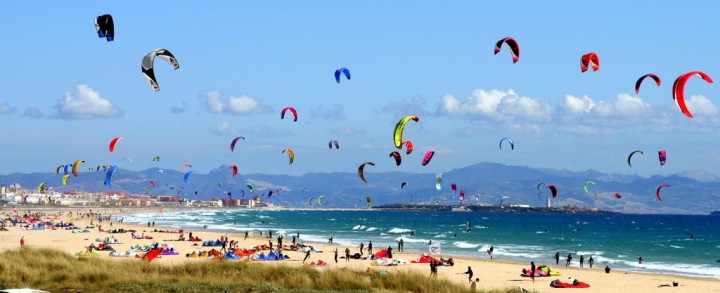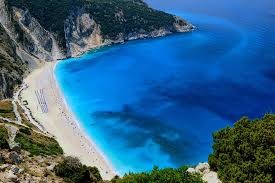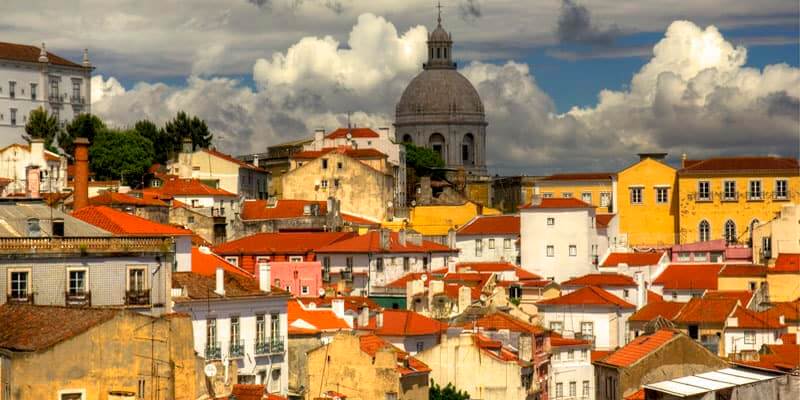Malta forms part of a complex of 7 islands in the middle of the Mediterranean, between Sicily and Tunisia. Of these 7 islands, only 3 are inhabited and that’s why it’s the smallest state of the European Union. Despite its small size, it has a history of 7000 years, beginning at around 5200 BC. In the course of its history, many settled there, leaving their mark on its architecture and traditions.
As mentioned above, Malta has a long history and has managed to keep many buildings and other parts of the island intact. The most important places of its capital that we singled out and are worth visiting are the palace of the Grand Master of the 16th century, which today houses the country’s Parliament, the Cathedral of St. John, the National Archaeological Museum and the Manoel Theater.
As you can imagine, throughout its long history, of course, the country’s tradition, as well as its cuisine, could not remain unaffected. Due to the sea that surrounds the island state, you can enjoy the freshest Mediterranean fish, with the local fishermen providing the restaurants with fish on a daily basis. Besides, one of the most famous dishes is aljotta, the local fish soup, which you’ll find in almost all restaurants. However, if you ask the locals, they’ll suggest you eat the traditional hare, which is served fried, stewed or as a filling in pies.
Finally, to enjoy the nightlife of Malta, there are several options for all kinds of visitors. Depending on your mood, you can choose the area you prefer best and let the rhythms of the nightlife take you over. Moreover, Malta has a huge tradition in liqueurs, while it’s worth trying Kinnie, the Maltese national drink which is a sparkling soft drink with oranges and a small dose of Martini.
The Grandmaster’s Palace
It is one of the most representative examples of architecture that characterizes the capital of Malta. The original palace, built in 1571 by Grand Master Jean Parisot de la Valette, functioned as its seat. Later, during the British colonial period, it became the seat of the governor, while over the centuries the palace received several modifications and improvements. Armored swords, shields and spears are just some of the exhibits of great interest. Today, it’s the home of the Maltese House of Representatives and the office of the President of the Republic of Malta.

